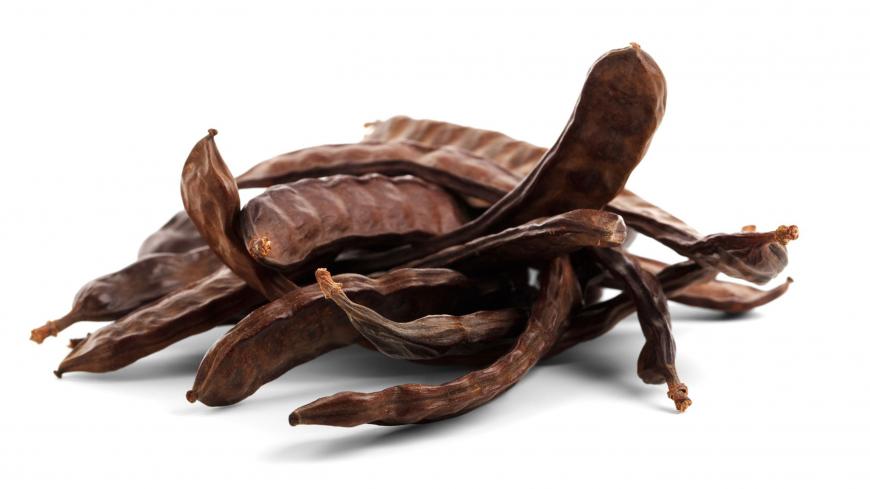Tarsus, a town in Turkey’s southeastern Mediterranean region, is known as the hometown of St. Paul. A Greek Orthodox Church carrying his name — originally built in the 12th century and rebuilt in the 19th — opens its doors for special services at Christmas and Easter to visitors and pilgrims every year, who sit under the church’s impressive ceiling frescos that show Jesus surrounded by his disciples.
Tarsus’ Christian heritage extends to its gastronomy, as a group of visitors and journalists discovered after a traditional tastes festival in November. The guests departed with a gift box of two key products in identical bottles. The local olive oil was to be expected, while the second choice was much less obvious: It was a thick dark brown liquid labeled as harnup pekmezi, or carob molasses. As would be expected from the hometown of St. Paul, both products carry biblical connections; while olive oil is mentioned numerous times in the Bible, the role of carob in the rise of Christianity is hardly known. Many believe that John the Baptist survived eating carob pods — also known as locust beans — in the wilderness east of Jerusalem. “John’s clothes were made of camel’s hair, and he had a leather belt around his waist. His food was locusts and wild honey,” says Matthew 3:4.



